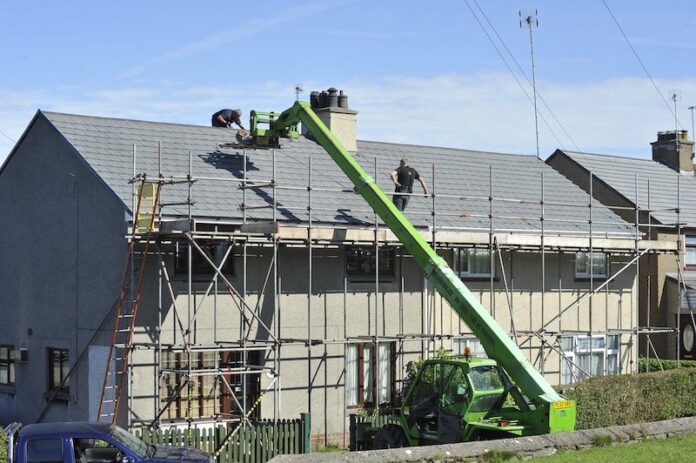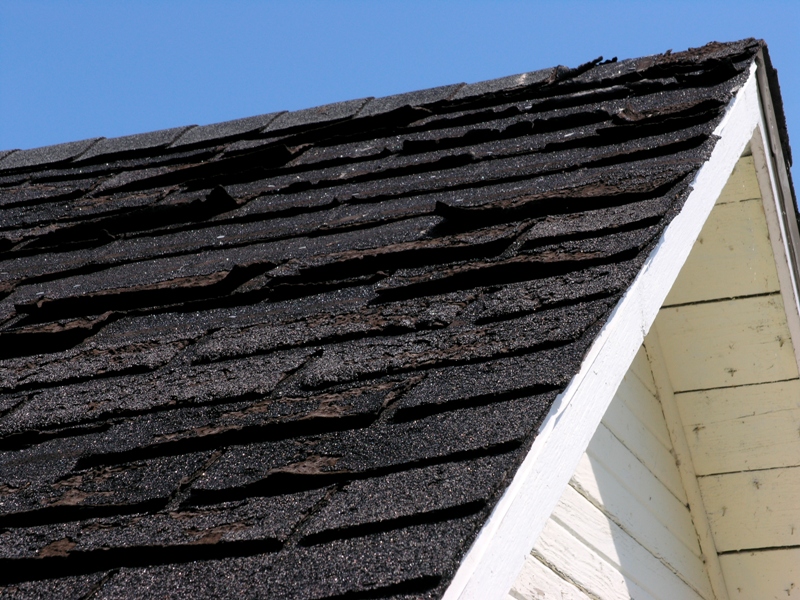Of all the areas of a house or any building it is perhaps the roof that does the hardest job. It’s also an important one for the roof is there not just to protect us from the weather but also to provide insulation. The many different types of roof that have come about across the years range from thatch – a very beautiful yet high-maintenance option – through to modern metal roofs. In general we are talking here about the standard shingle or tiled roof on an average house.
The cost of roofing repair can be reduced by tackling problems early or taking preventative measure. In the following few paragraphs we will talk about how best to check your roof for damage and how often, as well as how to decide between repairing or replacing a damaged roof.
How to Check Your Roof for Damage
Damage to your roof can be caused by a variety of weather conditions as well as other factors. High winds can dislodge shingles, flying debris can damage tiles, and when the heavy snow comes, and it lays on the roof the damage is two-fold from the weight and from when it melts. The roof is surprisingly hardy, though, and should be built to withstand the weather conditions in your region.
People in the most hard-hit areas check weather alerts for an idea of what to expect, but while you can bring in outdoor items for protection and put the car in the garage when bad weather is expected, the roof simply has to stand up to it. When was the last time you had a good look at your roof to check for damage? It’s not something we tend to look at very often so you’re far from alone if you have never checked.
Checklist for Roof Damage
We’re not suggesting you should get up a ladder as that can be dangerous, but there are some things you can do, such as:
- Take a walk around the house and look at all areas of the roof for obvious damage. If you wish, use binoculars for a better view. Do this after a storm or on a regular occasion.
- Look for displaced shingles or gaps where there should be one – this should be obvious – and make a note of where you see them.
- Check for damage to guttering. If it is raining and a downpipe is not delivering water to the drains, there is a blockage. This can cause an overflow with water running down the drains and causing damp.
- Look for moss growing on the roof and engage the services of a professional to remove it, as it can dislodge shingles.
- Get into the roof space inside and see if there are signs of light shining in. If so, you need to get someone in to check out your roof professionally.
- In winter, ensure you clear snow from the roof as soon as you can and before it freezes if possible. There are snow shovels that are designed for this purpose.
Repair or Replace?
The Canadian housing market is surprisingly buoyant right now so if you are thinking of selling your house then now is the time to check your roof and get the professionals in for a thorough assessment. If you need a repair or a roof replacing it is best to do so whether selling or staying, as there can be further expensive damage caused by leaving faulty rooves as they are. Have a walk around and check yours now, and see what needs doing before it gets worse.



















